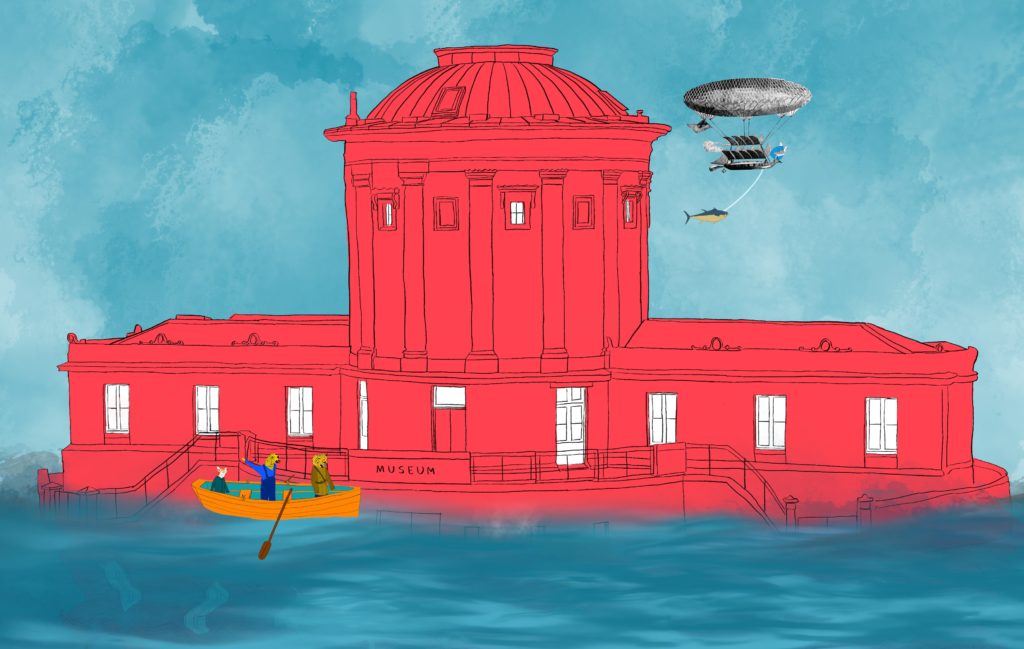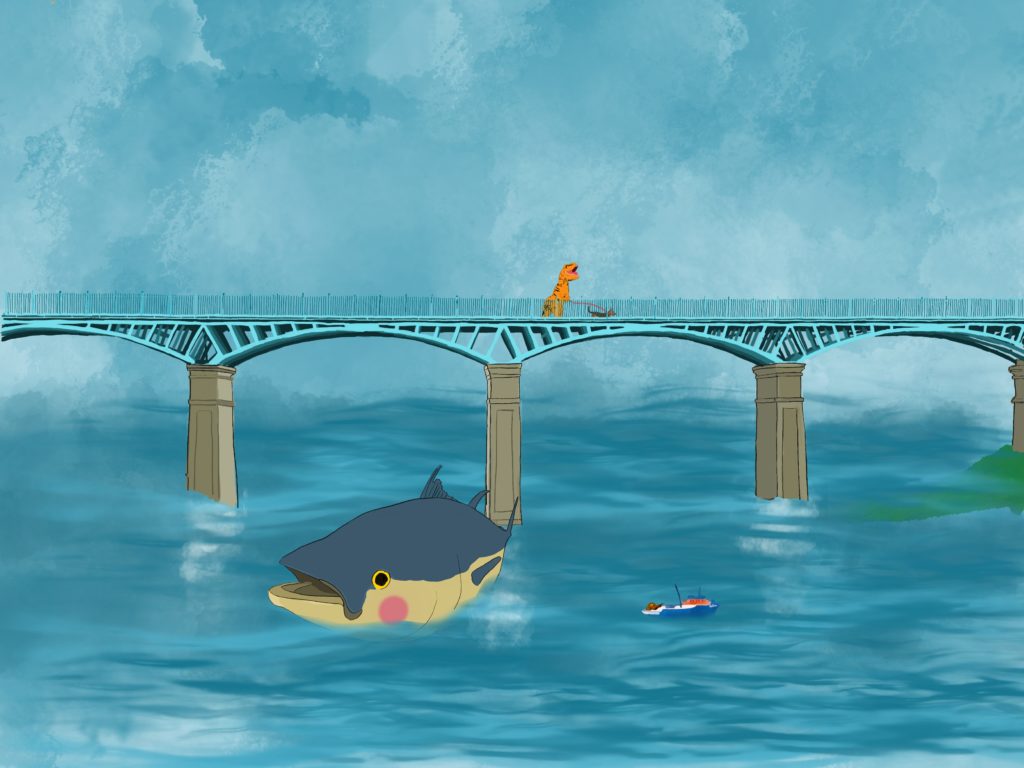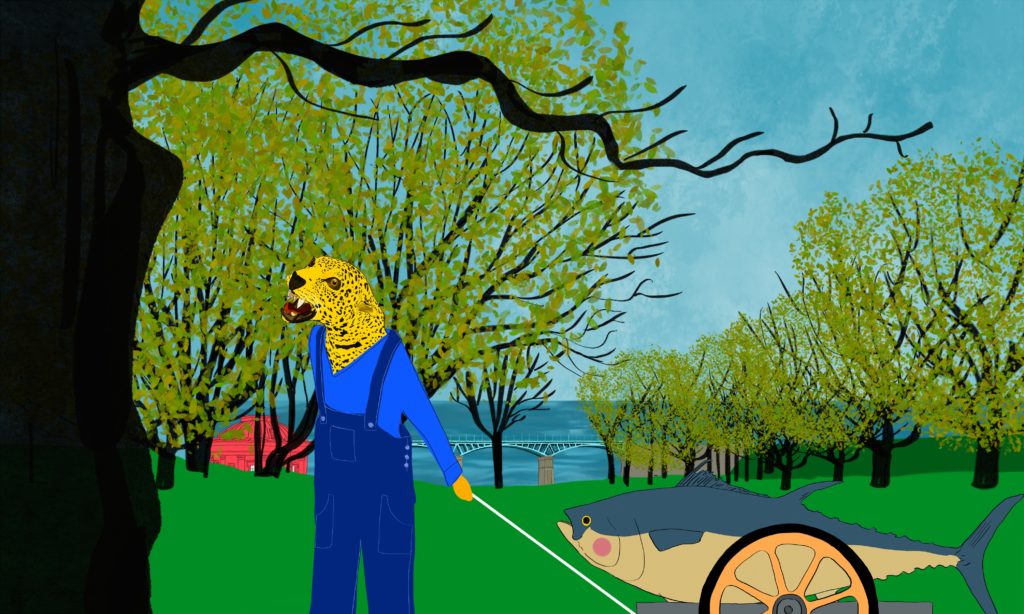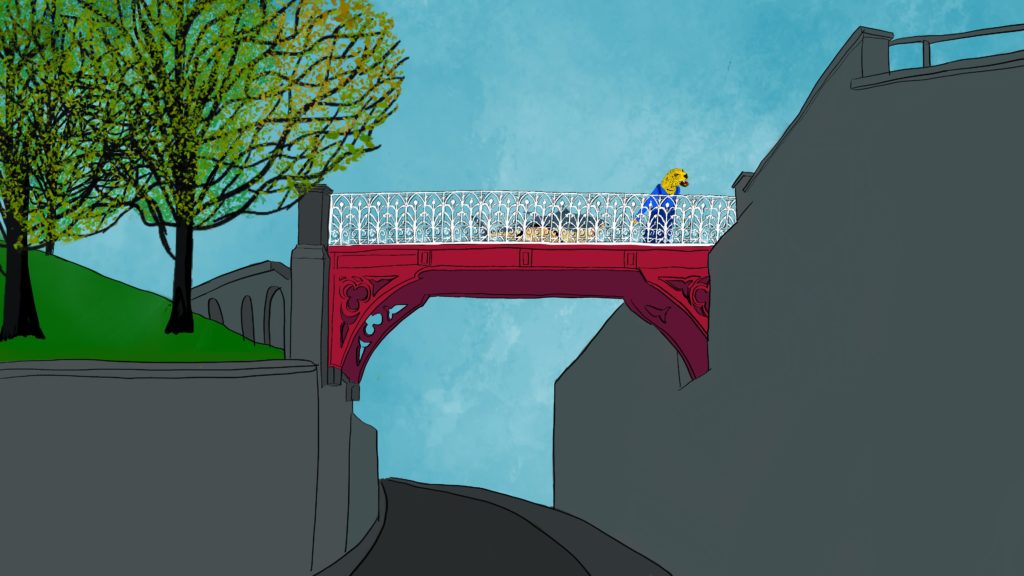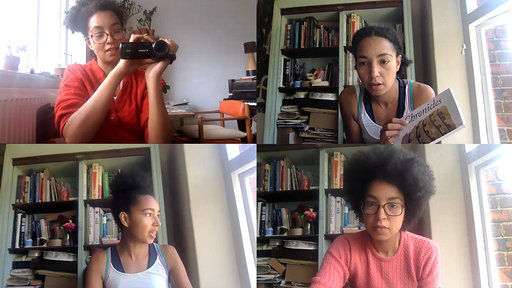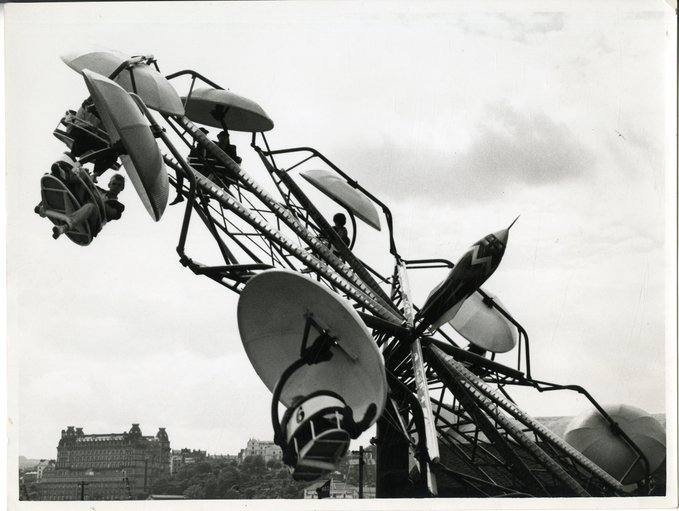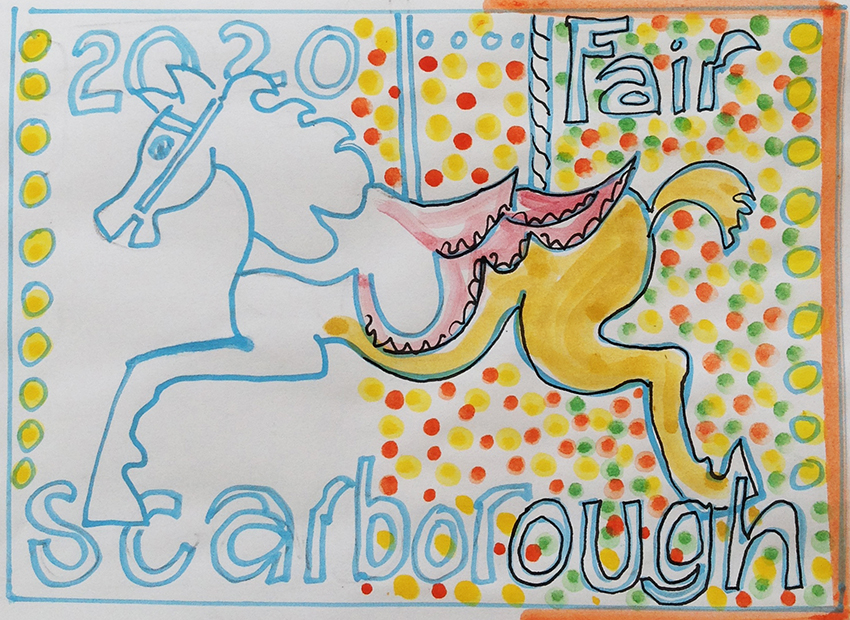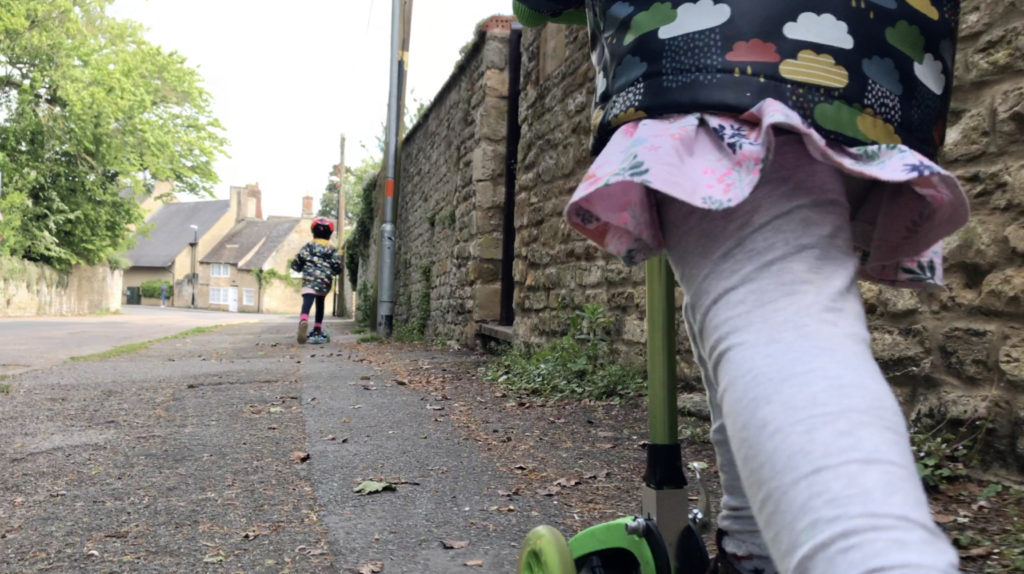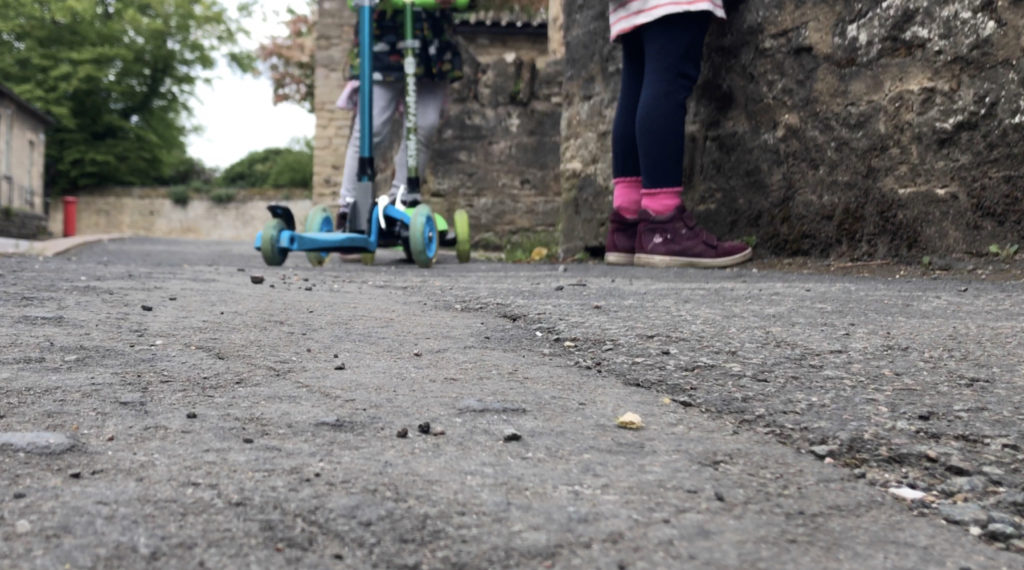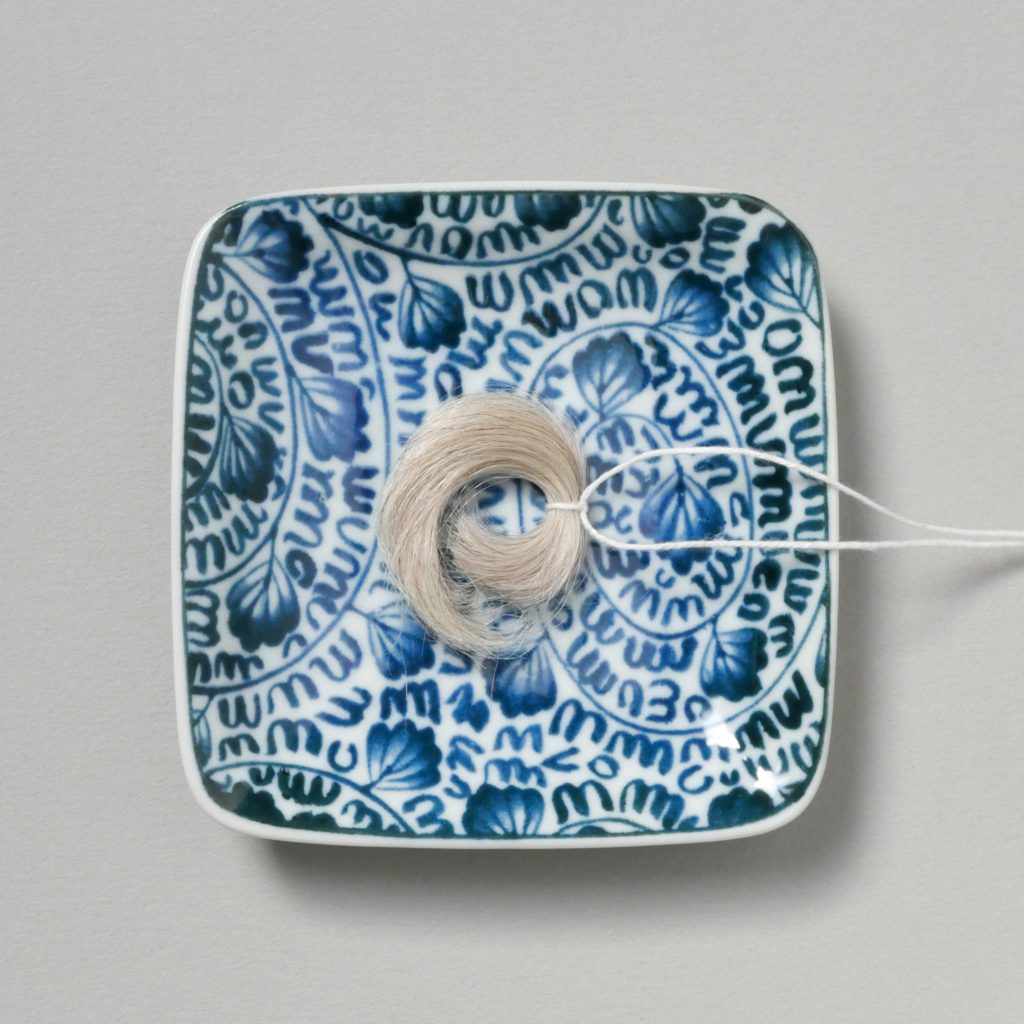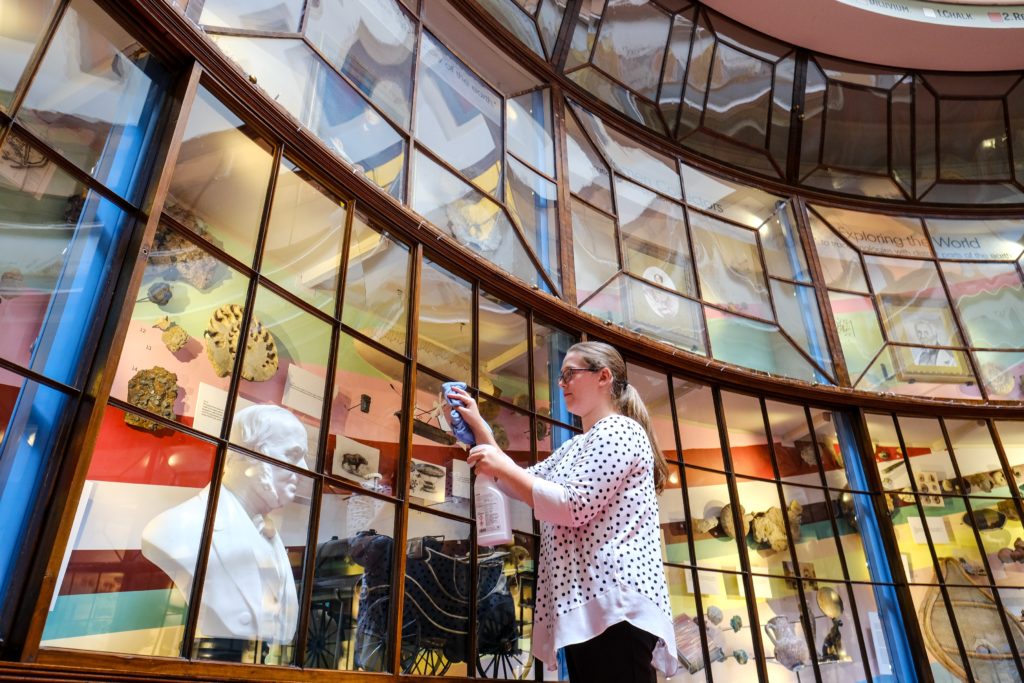
SCARBOROUGH’S Rotunda Museum re-opens next week with a new booking system that gives small groups exclusive access.
From August 8, the Grade II-listed circular building in Esplanade Gardens will be open Tuesdays to Saturdays, 10am to 5pm.
Visiting slots will be every half hour across the day, allowing groups – or social bubbles – of up to six people at a time to explore the museum without having to follow prescriptive routes.
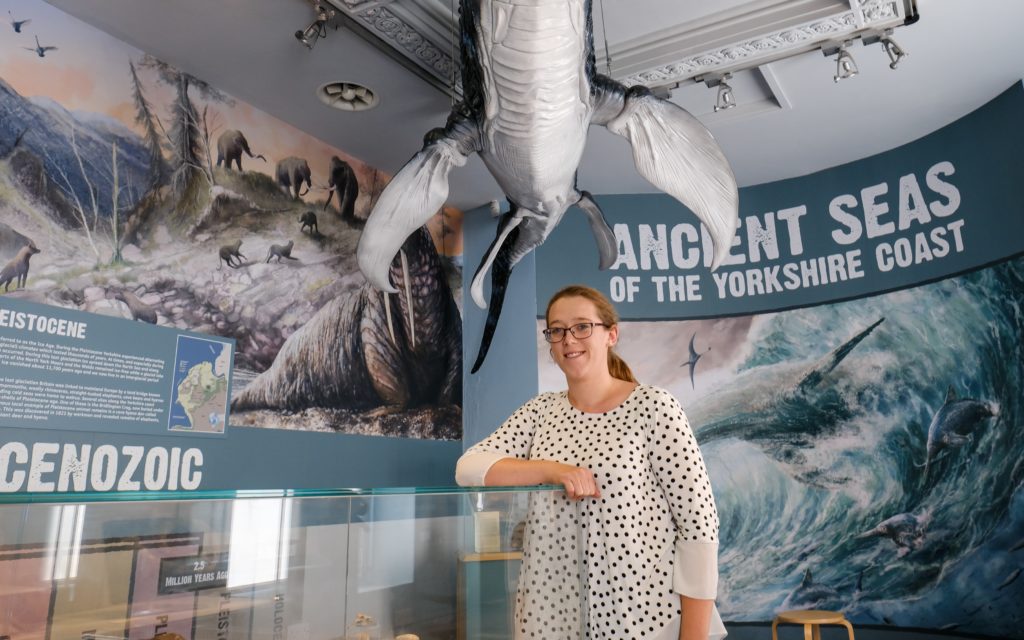
Dating from 1829, the Rotunda specialises in geology and local history and is one of the oldest purpose-built museums in the world.
In the Ancient Seas Gallery, visitors will come face to face with prehistoric creatures that used to roam this coastline. In the Rotunda Gallery are displays of fossils, taxidermy, fine art and ceramics that tell the history of the museum. The shop will be open too.
Looking ahead, the Scarborough Museums Trust team is hard at work on a new display of Mesolithic objects from Star Carr, the important archaeological site in the Vale of Pickering, that will open in mid-September.

Gristhorpe Man, Britain’s best-preserved Early Bronze Age skeleton, is still in controlled storage after a leak in the roof threatened his safety and will be returned at a later date.
Staff have been trained in post-lockdown safety procedures and the Rotunda has been awarded VisitEngland’s We’re Good To Go industry standard mark, signifying its adherence to government and public health guidance.
Andrew Clay, the trust’s chief executive, says: “We’re delighted that we now have all three of our beautiful venues open to the public once again [Scarborough Art Gallery, Woodend and the Rotunda] – we can’t wait to welcome people back into the Rotunda. As always, our top priority is the safety of both our visitors and our staff.”
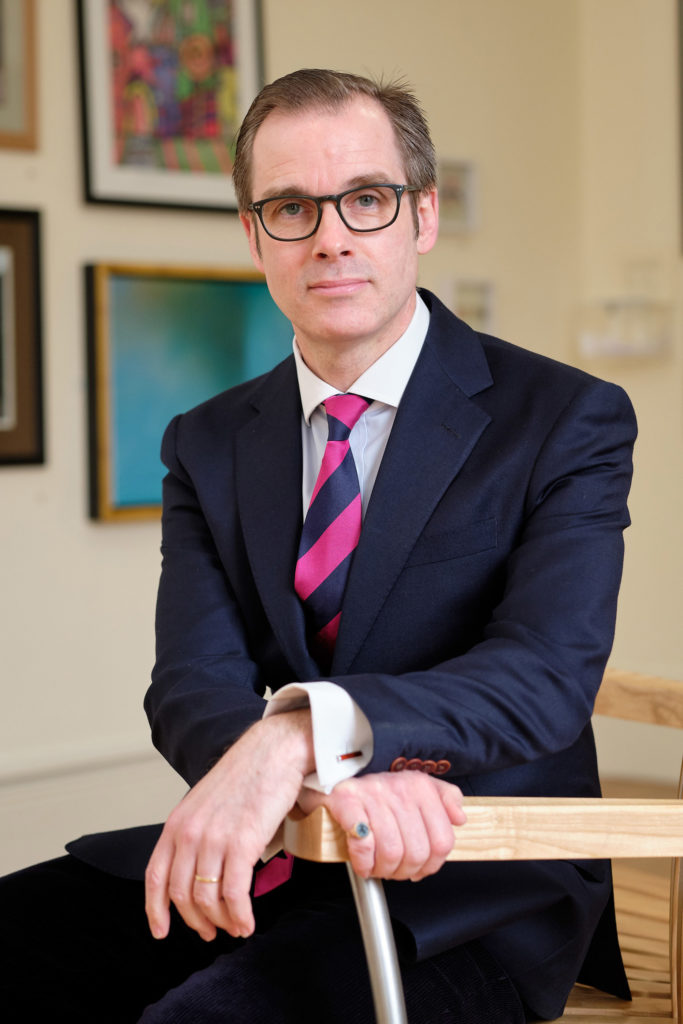
Please note, the Rotunda Museum has a lift to all floors and is fully wheelchair-accessible throughout, including an accessible loo. Support dogs are welcome. Induction loops are available. The museum is breastfeeding-friendly and staff are trained to be Dementia Friends.
Slots for the Rotunda can be booked online at scarboroughmuseumstrust.com, by phone on 01723 353665 or via email sent to rotunda@smtrust.uk.com.
From August 1, the £3 annual pass system will be re-introduced, giving unlimited entry to the Rotunda Museum and Scarborough Art Gallery for a year. Woodend is always free.
Opening hours for Scarborough Art Gallery are 10am to 5pm, Tuesday to Sundays; Woodend, 9am to 5pm, Mondays to Fridays, and 10am to 4pm, Saturdays and Sundays.

